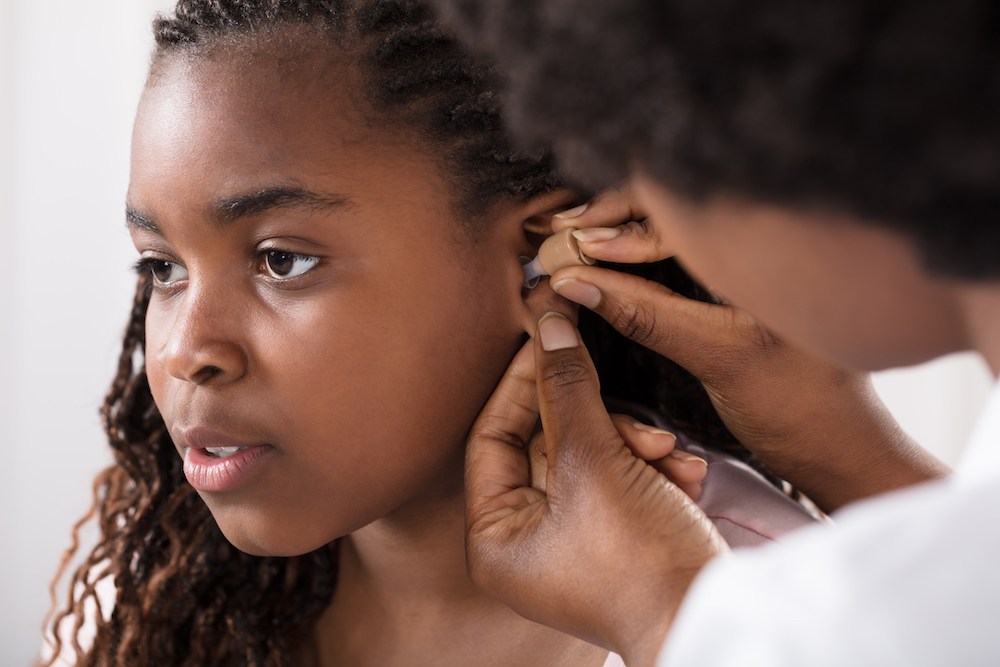What Young Adults Should Know About Hearing Protection
Hearing protection might not be something most young adults think about,
We’re Hiring! Click Here to Learn More About Our Career Opportunities →

Tinnitus can be a very disruptive condition, with significant impacts for both sleep quality and emotional health. As a result, if you have been diagnosed with the condition, you will undoubtedly be keen to know how the condition can be treated. Below, we have provided an overview of the most commonly-used tinnitus treatments, so you can decide which may be best for you.
For some people, standard hearing aids can help to alleviate tinnitus symptoms.
Tinnitus is strongly associated with hearing loss; it is believed that the brain creates tinnitus sounds as a response to the loss of auditory stimulation that occurs when a person is experiencing hearing loss. As hearing aids improve a person’s hearing capabilities, then auditory stimulation is replaced, and the brain no longer needs to create tinnitus sounds.
For some individuals, hearing aids alone may be sufficient to treat their tinnitus. However, if additional treatment is required, hearing aids with specialist tinnitus masking features can also be used.
As beneficial as hearing aids can be for tinnitus, there is a potential catch: hearing aids are not typically designed to be worn 24 hours per day, seven days per week. Hearing aids cannot, for example, be worn when bathing, nor should they be worn when attempting to sleep. The latter point is particularly concerning for people with tinnitus, given that tinnitus can be particularly disruptive at night to the point where overall sleep quality and health is compromised.
Sound machines can be used to ensure that tinnitus treatment can be accessed when hearing aids cannot be used. These machines play noise that is designed to mask tinnitus sounds, diverting the person’s attention to allow the sounds to simply become part of standard background noise.
Sound machines usually use white or pink noise, though other sounds – such as nature sounds like rainfall or whale song – can also be used if preferred.
Tinnitus retraining therapy (TRT) employs a multi-strand approach to treat tinnitus effectively. The goal of TRT is to habituate the individual to their tinnitus; with treatment, tinnitus sounds fade into the background rather than being noticeable and disruptive.
TRT tends to involve the use of the treatment methods we have discussed thus far, such as hearing aids with tinnitus masking features. However, in addition to this, TRT also includes therapeutic elements – such as teaching stress management techniques, relaxation exercises, and anxiety management. This combined approach tends to work very well, even in cases of severe and disruptive tinnitus.
As with many therapies, TRT can take time. The exact duration of treatment varies, but up to 18 months is not uncommon.
Deciding which type of tinnitus treatment to explore is usually best discussed with your audiologist. Your audiologist will be able to advise you on which pathway is most suited to your particular experience of tinnitus, taking into account previous treatment approaches that may have been used as well as your personal preferences.

Hearing protection might not be something most young adults think about,

Hearing loss usually starts gradually, making it hard to notice right

Choosing the right hearing aid for your needs is about more than just